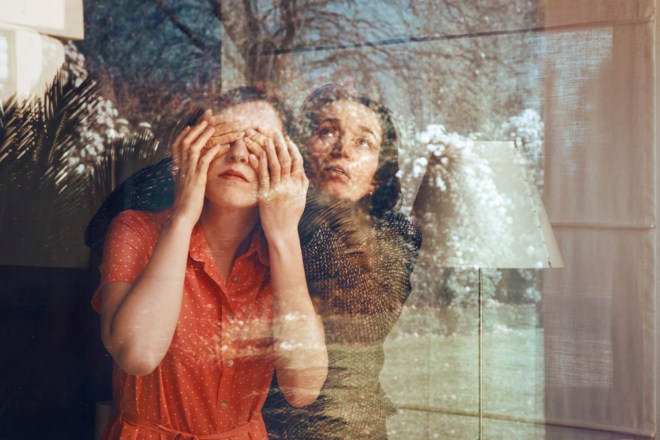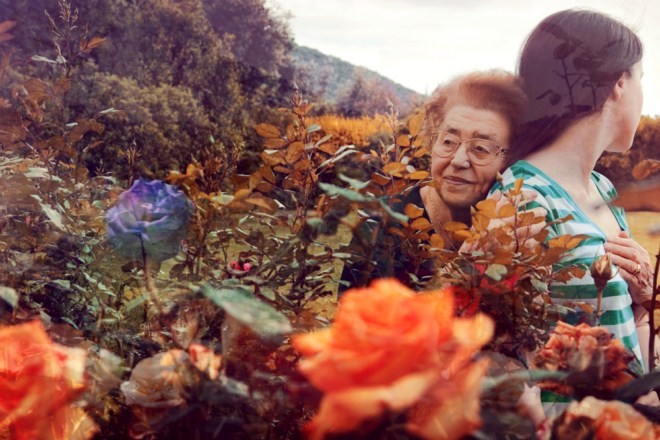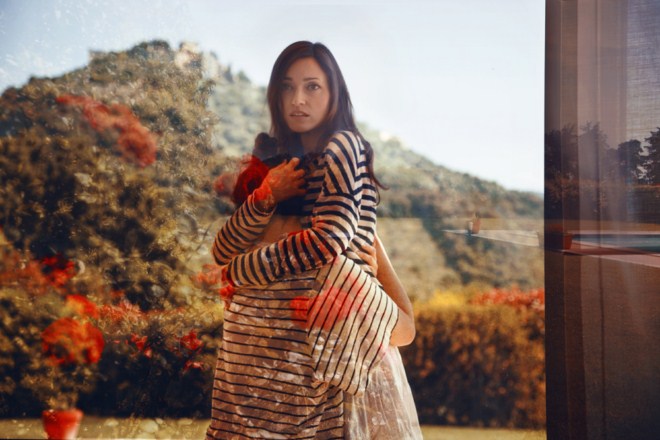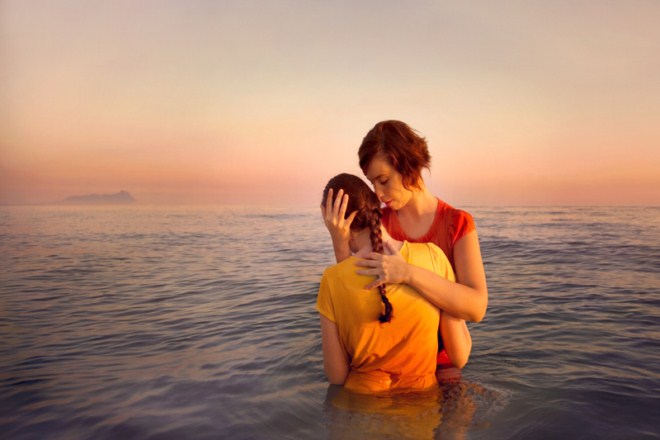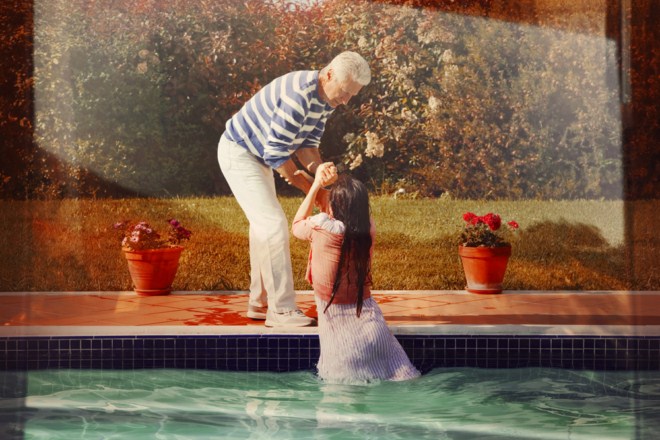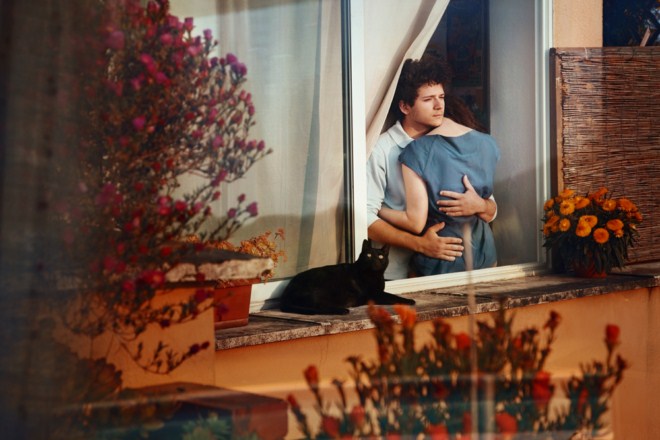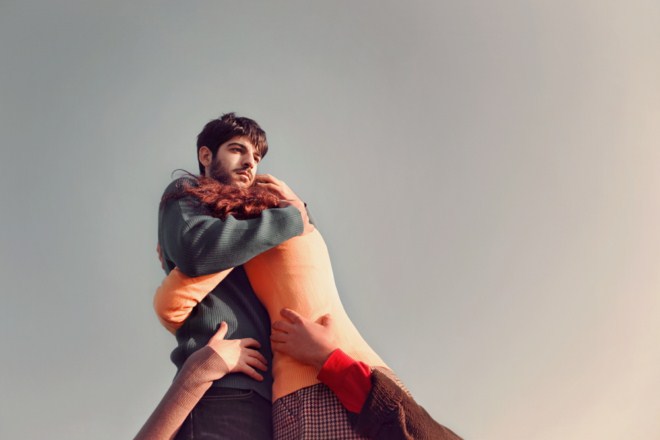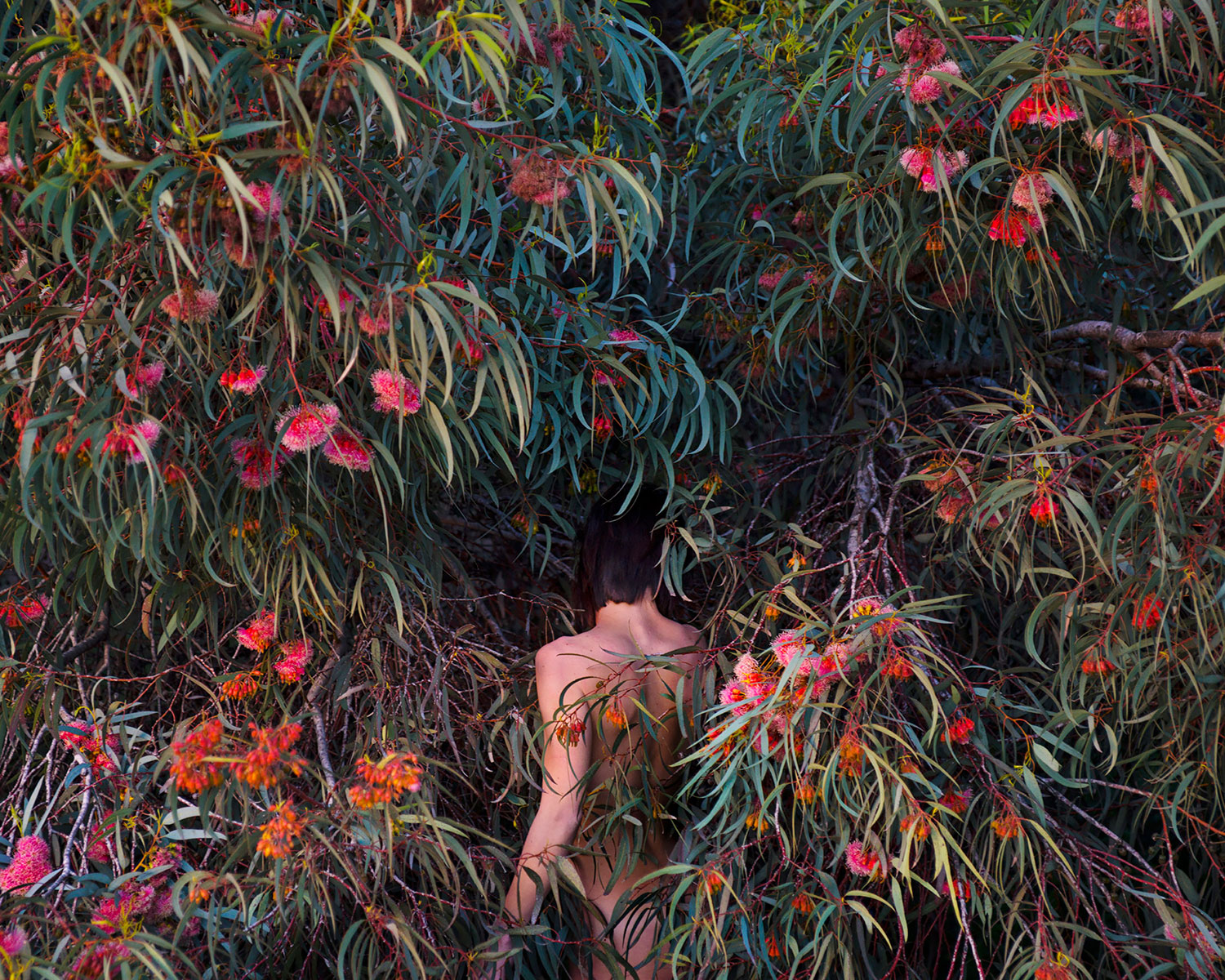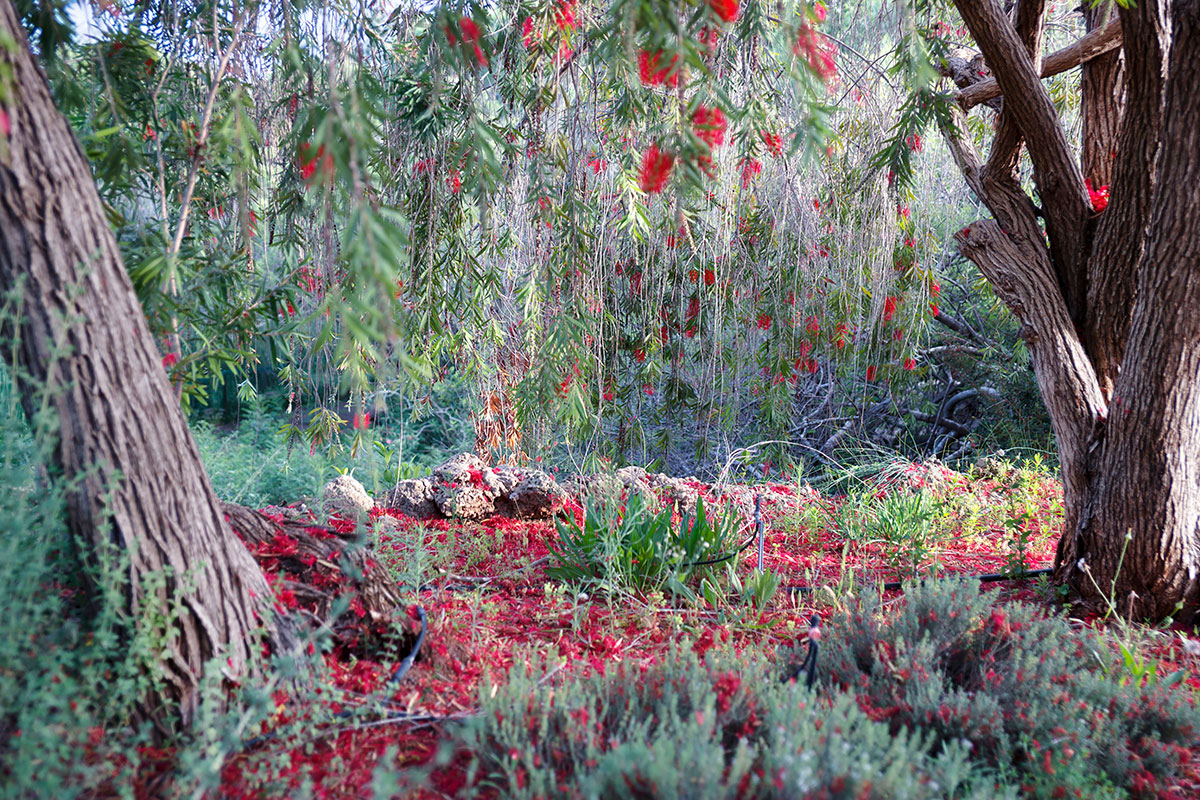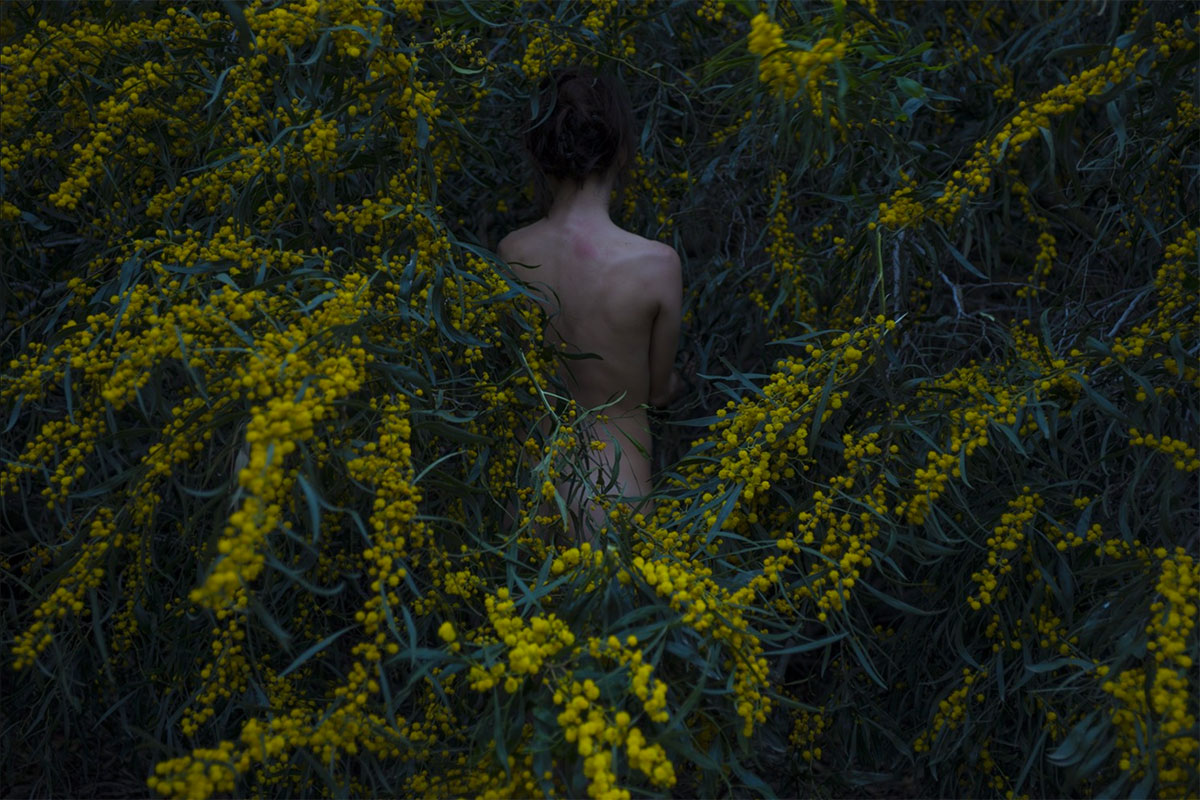Power of the Sea
The sea is an incredibly powerful force. It is often taken for granted that we can co-exist safely with it but this is far from the case. I have already looked at the mysteries and mythology that people think of when it comes to the sea but now I am going to look at the true destructive power of the sea. The sea is one of the most powerful forces on earth, it takes life like it is nothing. Countless lives have been lost to the sea over the years, even with masses of technological advancements in recent years we still cannot protect ourselves from its awesome power sometimes. Although dated one of the best example of this is the Titanic, supposed to be unsinkable the massive loss of life from the tragedy proved that the sea is and always will be king.

This painting was created after the sinking to commemorate the loss of life. Titled “Final Farewell” is gives a very melancholy notion of the ship sailing off into the sunset, towards better things that would not come, and that in the end the Titanic’s journey would end with 1,503 people perishing on its maiden voyage. There are not any artistic, photographic works based on the Titanic due to the final resting place of the ship being 3.8km under the water but there are plenty of paintings. Many do not focus on the sea but instead the humanity and the loss of life, as well a fear. Fear is something that I could definitely tap into with my project being based around water.

Another element that ties in with this fear is the sense of randomness of the sea. On the land things can generally be anticipated much better, roads do not usually just breakdown, buildings will not suddenly collapse and for the most part even some of the worst weather can be hidden and protected from. most of the deaths due to bad weather on land are based around water too, floods and tsunamis caused by natural disasters kill more than the rest of the natural disaster itself usually. On the open water this does not apply, the randomness of waves and the sea conditions makes it an incredibly difficult thing to predict. The image above shows some of this, although over dramaticized the different direction of the waves really lend to the notion of randomness and chaos that is going on. The splashes of white from the cresting waves contrasting with the deep, dark water of the troughs makes the painting a very interesting one to look at. This kind of thing can also be captured in photography, a much smaller example of this can be seen in my work from my first shoot.

Today we have the advantage of satellite mapping and forecasts to inform us of the dangers of the sea and what there is lying ahead of us but this is not always enough and cannot always capture and be aware of everything. The photograph above is of a “rogue wave” that crashed over the MS Stolt Surf on the 4th October 1977. Estimated to have reached a height of at least 22m before crashing over the ship and subsequently causing a mass of damage to the ship that left one of the sailors hospitalised. furniture, port holes, electric cables and lights were damaged with the boat beginning to flood. The ship’s engines were at risk from being broken, but thankfully they managed to keep them running, if not then they would have ended up lateral to the waves and if this had happened then the ship could have easily been split in two and it is unlikely that the crew would have survived. These rogue waves were originally considered mythical n nature but recently have managed to be properly studied, this had confirmed that they do exist, occurring in open water, usually at very substantial depths there is no way to predict when these waves will occur because we have no other knowledge about them. Often linked to disappearances of many ships with unknown reasons for disappearance they are terrifying, for many reasons but mainly for the reason that they are truly random.
Even on land people cannot always be safe from the awesome power of the sea Tsunamis are a real danger to many people who live in these disaster prone areas. One of the countries that is often hit by Tsunamis is Japan, in 2011 the country was it by a Tsunami that caused massive destruction to the county’s coastline. Destroying homes, causing the leak of radioactive material from a nuclear power reactor and killing almost 20,000 people this disaster made headlines around the world for a long time. Again being incredibly difficult to predict there was little warning and because of the devastation caused people did not know how to react. The photographer Paolo Pellegrin was one of the first on site to record the devastation and destruction.

His photographs are a very real look at what happened to the country in the wake of this disaster. His shots are all composed the same way, using a wide angle panoramic style the images show an incredible amount of detail due to a very high contrast. This incredibly high contrast further emphasises the destruction of the area by giving the viewer lots of information to take in, this causes them to look for longer and notice even more details. The apocalyptic levels of destruction being caused by a simple wave is immense, the sea is not something to become complacent of. It has the ability to create the kind of destruction that is seen in these photos, at random and without warning. One of the most powerful elements of these images for me is the boats being beached so far inland, these are boats weighing hundreds of tonnes and they have been ripped from moorings and anchors designed to hold them against everything that nature can throw at them and they have simply been plucked with the ease of plucking a hair and dragged inland by the storm surge. Pellegrin’s images lend themselves to this idea of randomness that the water produces, items are strewn everywhere with no order or care. And yet these people called this place their home, it was their environment and now it is a completely different environment that people can no longer live in.

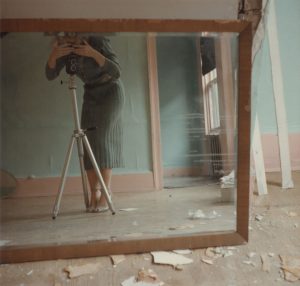
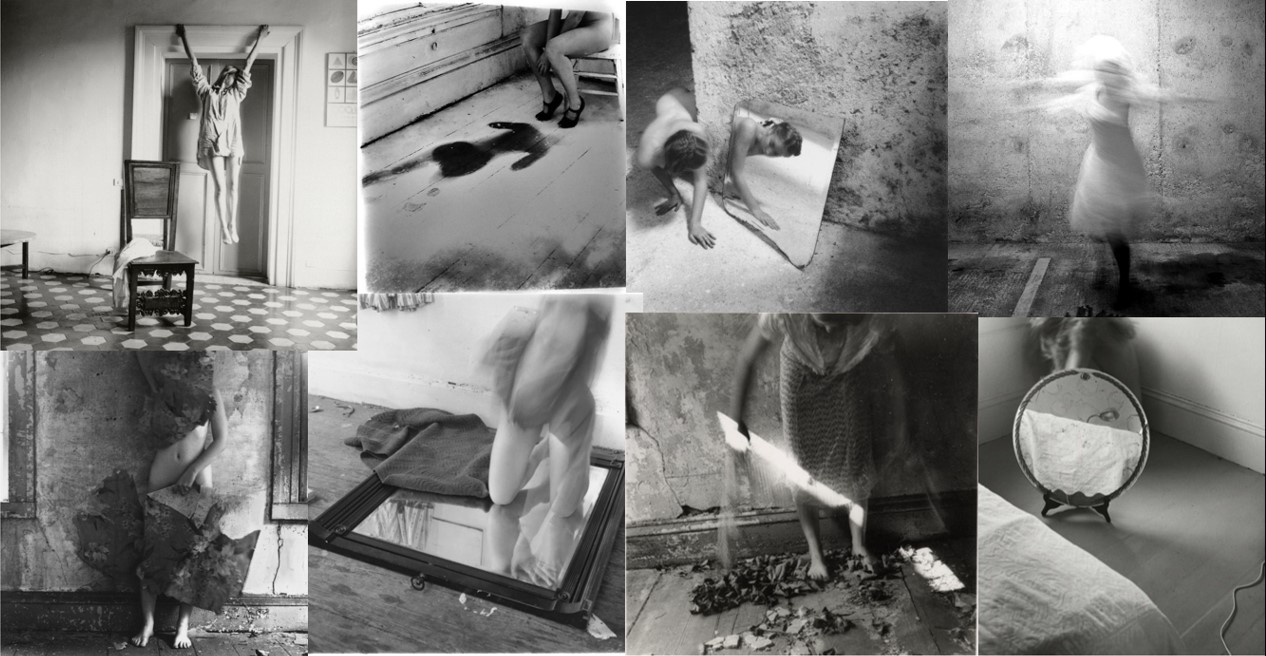
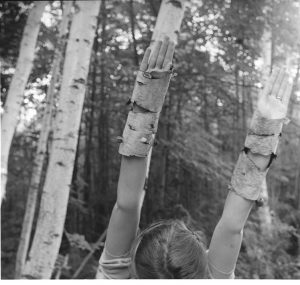


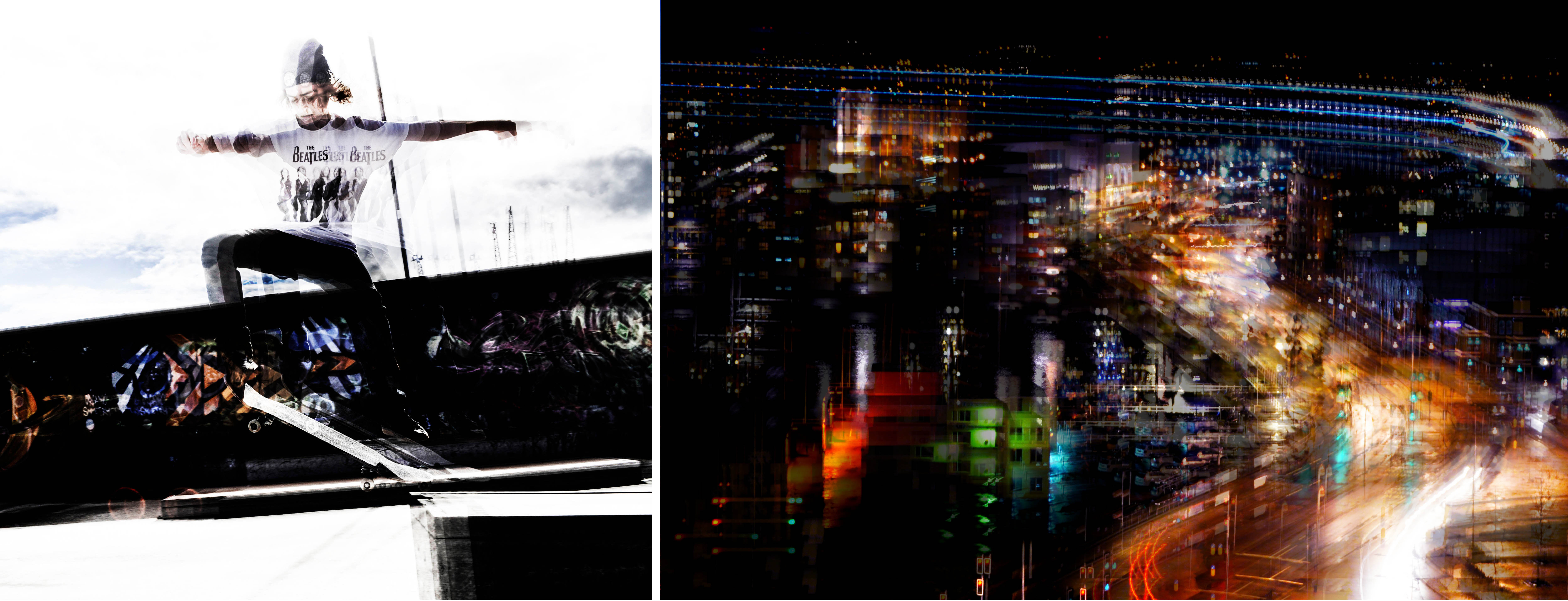
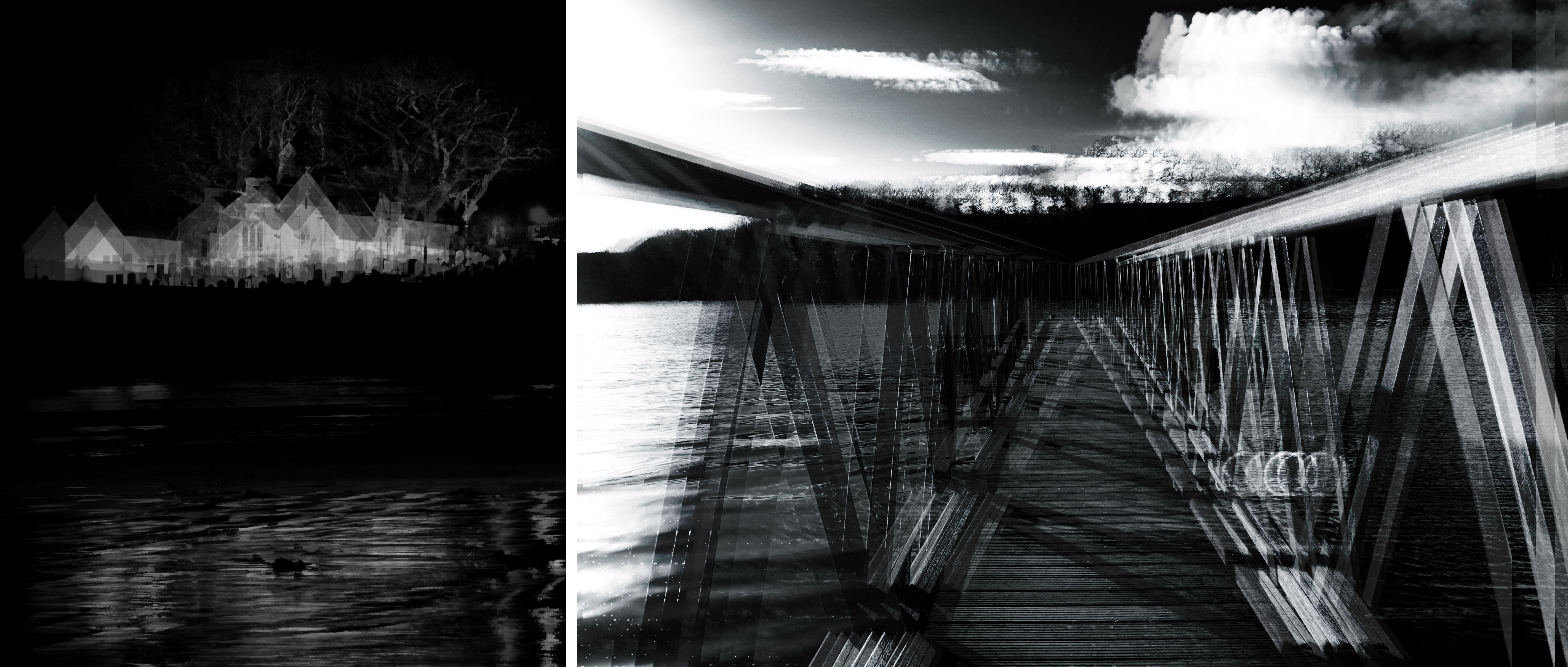



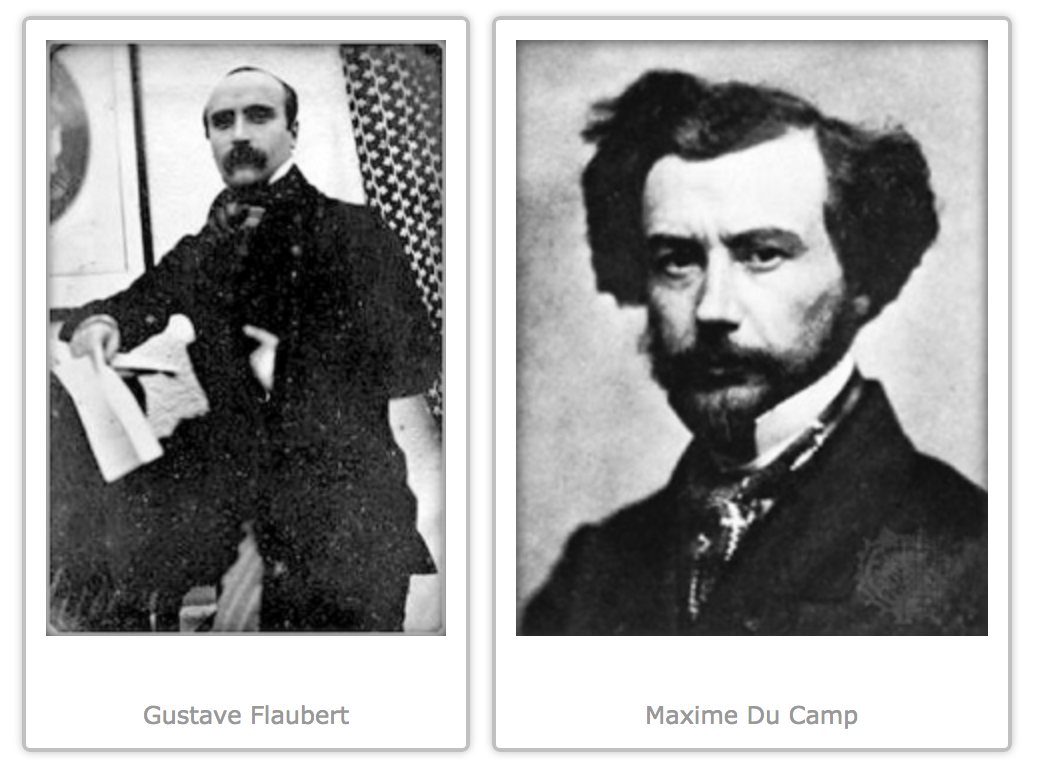
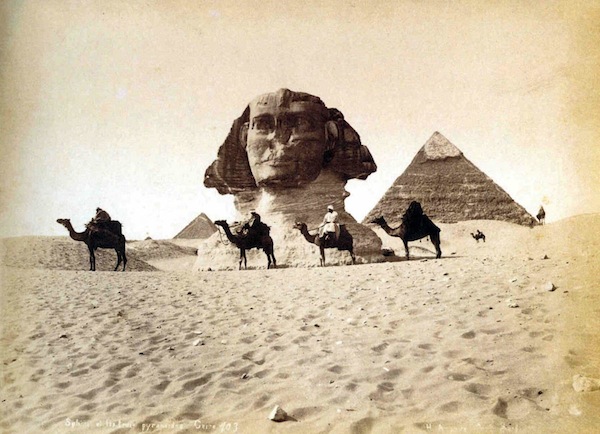
 When thinking about our island and the ways in which I could capture all of these subjects that I have listed above, one topic for me really stood out. Because I will be looking at a mixture of pollution materials when documenting things such as beaches and landfills later in my project. Subjects like plastic packaging, grocery bags, fishing plastic and micro-plastics are all things I can show together where they are found. So in conclusion I will be concentrating on agricultural plastic waste because it is so common to see on our islands as well as being a massive contributor to global plastic waste.
When thinking about our island and the ways in which I could capture all of these subjects that I have listed above, one topic for me really stood out. Because I will be looking at a mixture of pollution materials when documenting things such as beaches and landfills later in my project. Subjects like plastic packaging, grocery bags, fishing plastic and micro-plastics are all things I can show together where they are found. So in conclusion I will be concentrating on agricultural plastic waste because it is so common to see on our islands as well as being a massive contributor to global plastic waste.
